[By the Highway] Get a glimpse of traditional Korea at Gyeonggi Gwangju Service Area
By Lee Si-jinPublished : July 29, 2023 - 16:01
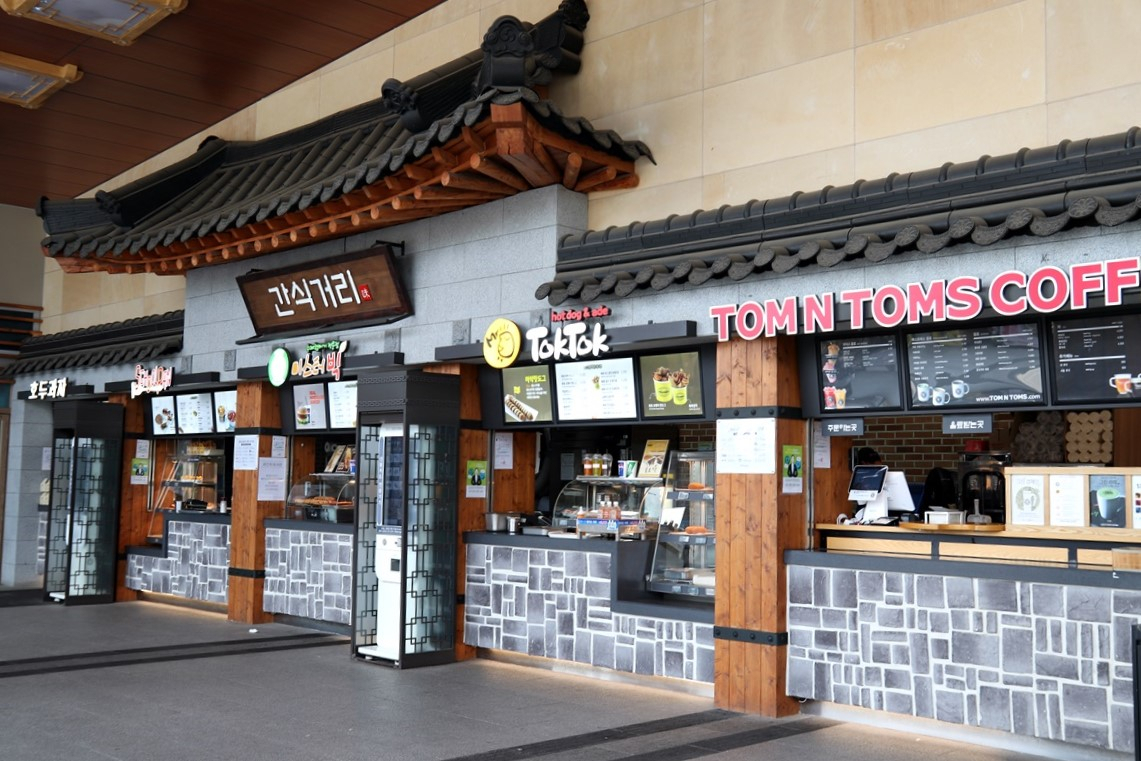
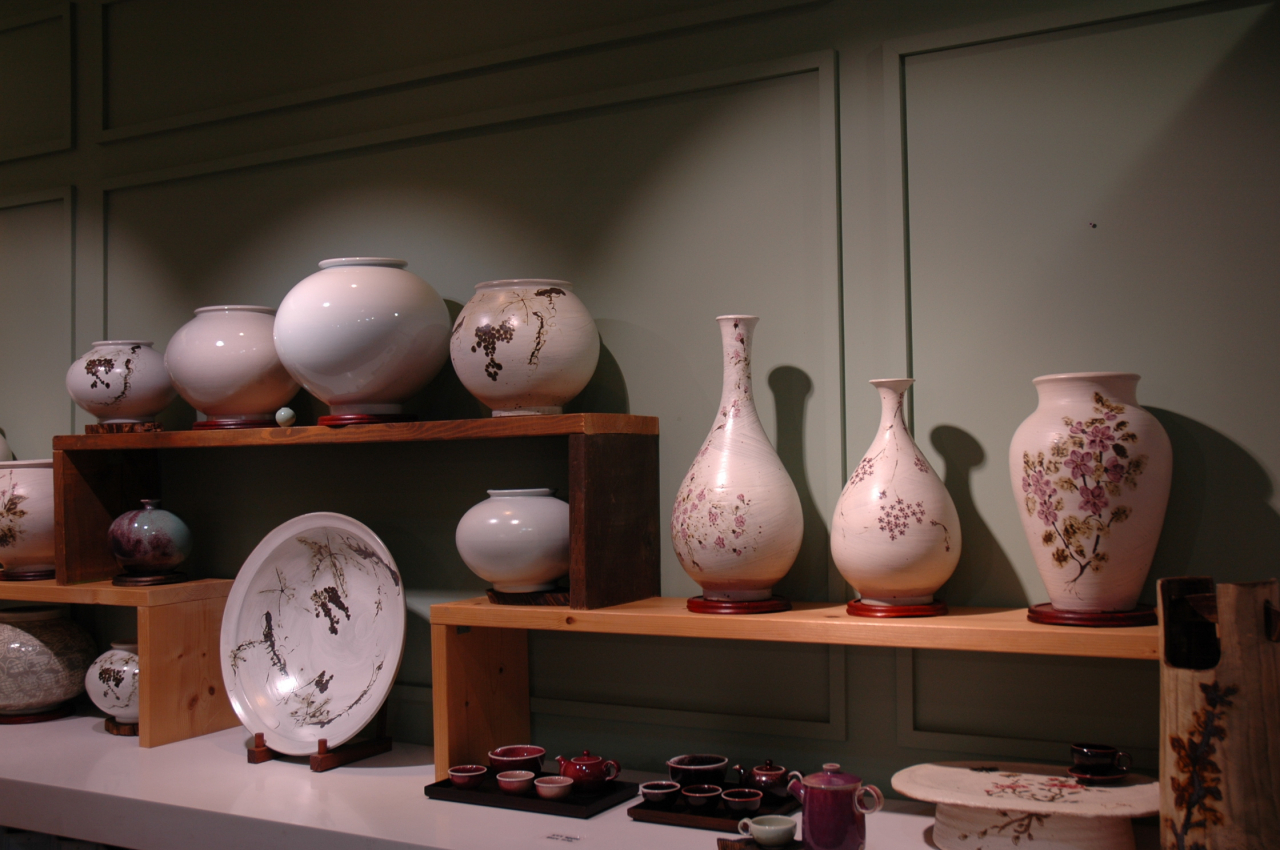
GWANGJU, Gyeonggi Province -- If you think rest stops on South Korean highways are just places for drivers to stretch their legs, gas up the cars or use the restroom, prepare to be surprised.
Many of these roadside establishments have cool building designs, stunning eateries serving local food, popular coffee shop chains and more.
Gyeonggi Gwangju Service Area, a rest stop on the Gwangju-Wonju Expressway bound for Wonju, offers a glimpse into the country’s quality ceramic ware.
In the food court filled with the smell of hearty gukbap, or rice in soup, fried pork cutlet, ramen and udon noodles, the glittering ceramics and porcelain products catch the visitors’ attention.
Ranging from ordinary tableware to unique household goods and lifestyle items, the colorful display of Gwangju ceramics beckon travelers with its artistic charm.
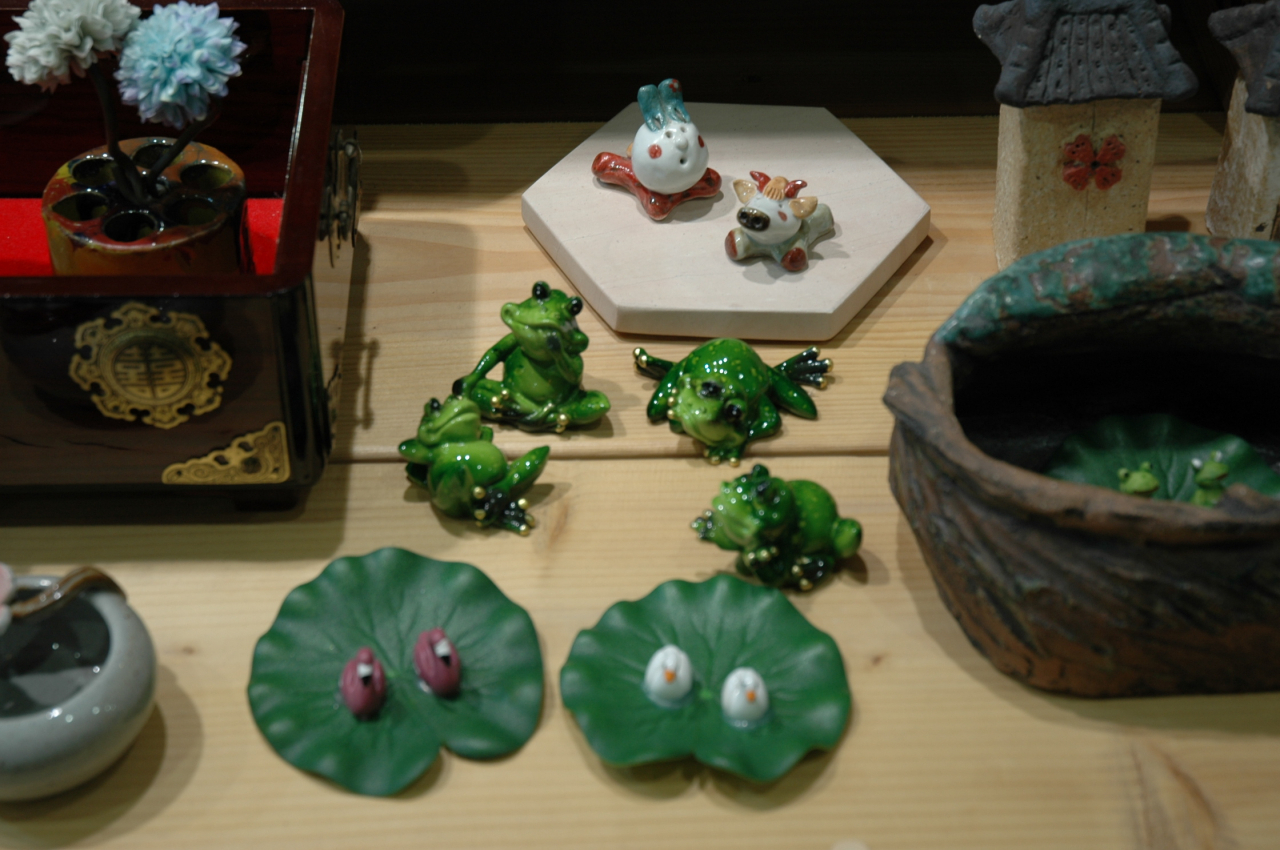
“Many Koreans think that Icheon -- a neighboring city, lying 32 kilometers southeast of Gwangju -- is the city of ceramic art and South Korea’s pottery hub. But Gwangju supplied countless ceramics to the Joseon royal family from the mid-1700s to 1880s,” an official at Gyeonggi Gwangju Service Area told The Korea Herald.
More than 280 kiln sites flourished in Gwangju until the end of the Joseon era, thanks to the area’s high-quality clay and abundant firewood, he said.
"Holidaymakers can easily stop by the store and enjoy Korea’s beautiful, quality ceramics before heading to their destination,” the official added.
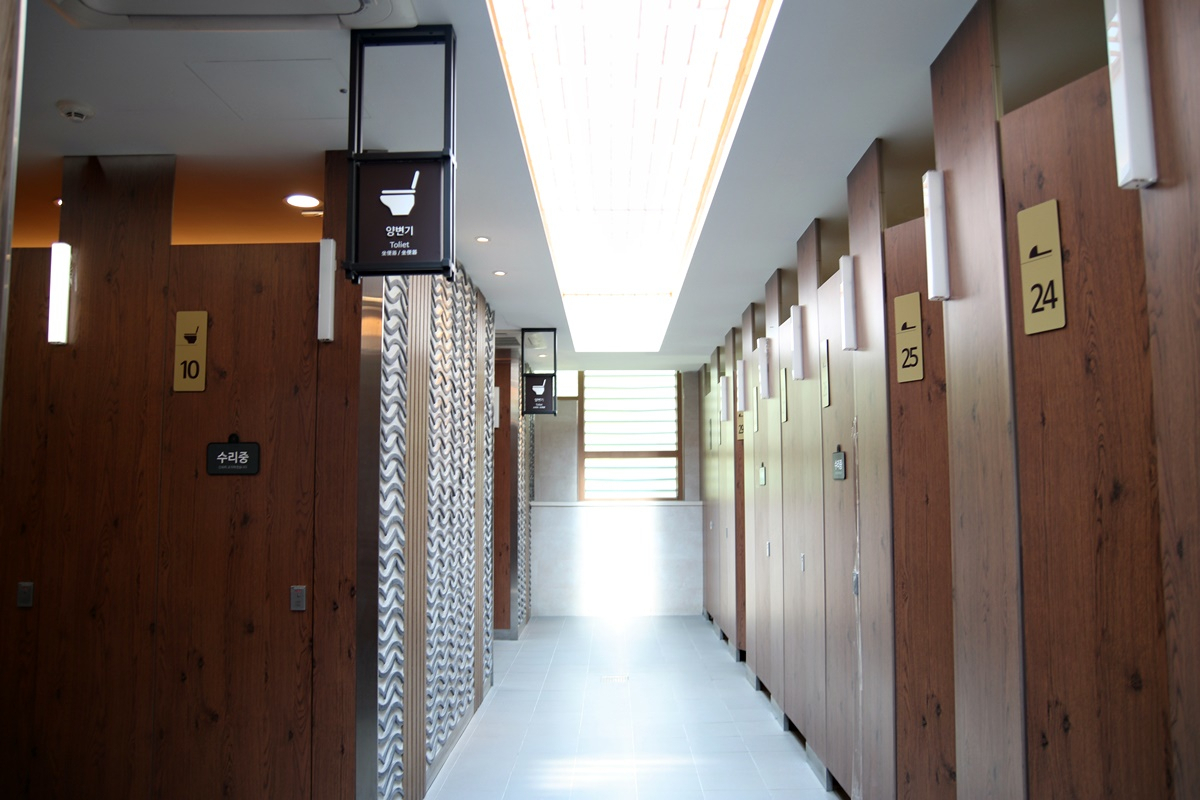
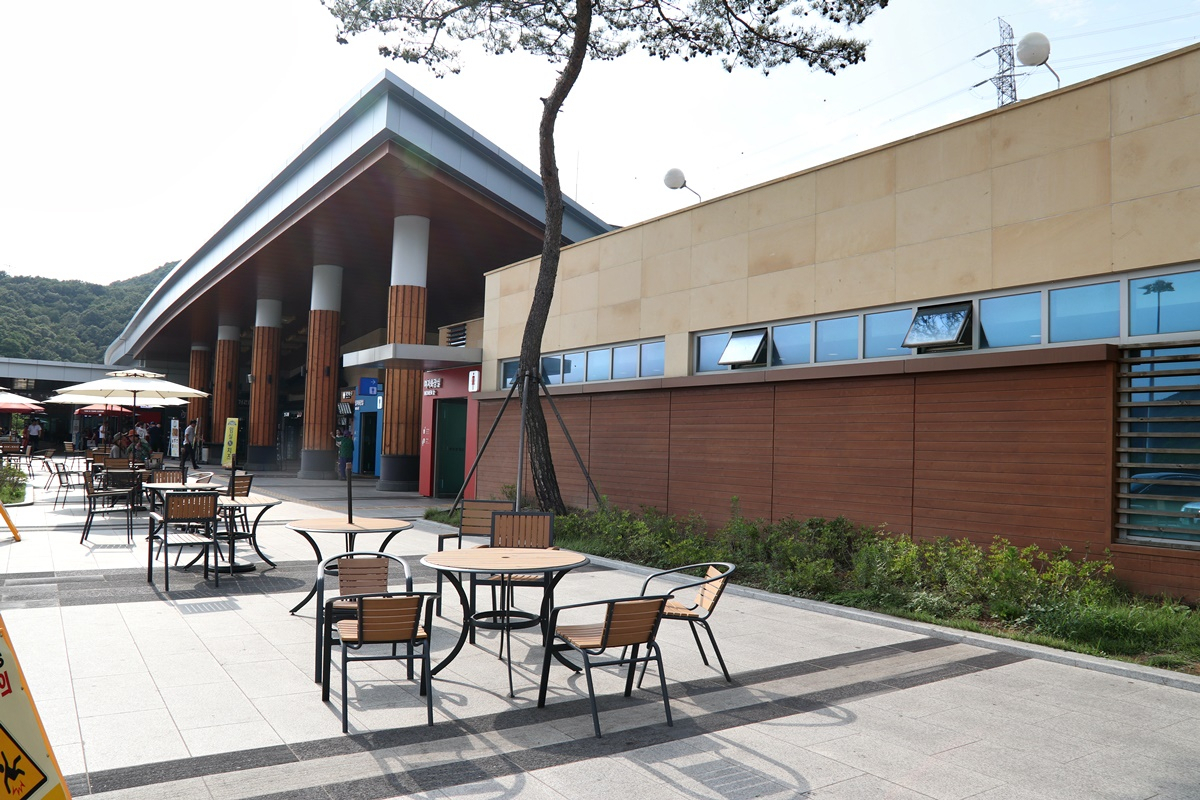
Visitors can find traces of traditional Korean culture almost everywhere at the rest stop.
Gyeonggi Gwangju Service Area’s buildings feature hanok-style window frames, pillars with traditional ornaments and lights.
The wooden tables, chairs and restroom also give off a more rustic atmosphere.
And the snack stalls -- decorated with “giwa,” the traditional roof tiles -- and unique wooden signs offer plenty of charm.
For a taste of traditional "hansik," or Korean cuisine, make time for a meal at Korean dining restaurant Myeonggaeui Ddeul before you head off on your way.
South Korea’s 4,866-kilometer highway system boasts 206 rest areas. This article is the first in a series introducing notable rest stops, guiding travelers to unique experiences during summertime road trips in South Korea. -- Ed.












![[Kim So-hyun] The quiet taxi driver from Paris](http://res.heraldm.com/phpwas/restmb_idxmake.php?idx=644&simg=/content/image/2024/04/25/20240425050891_0.jpg&u=)







